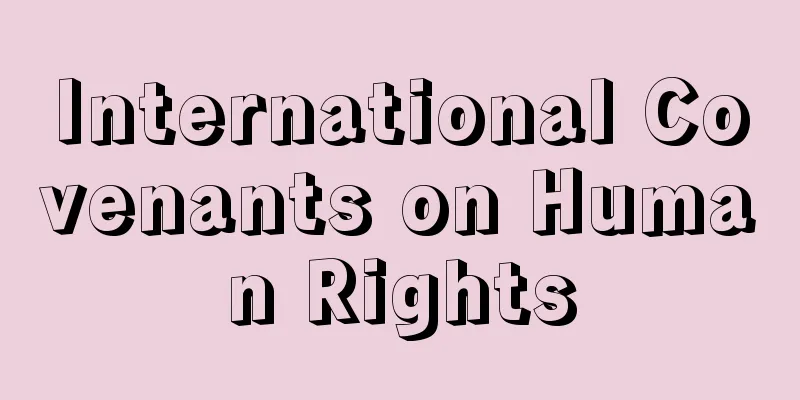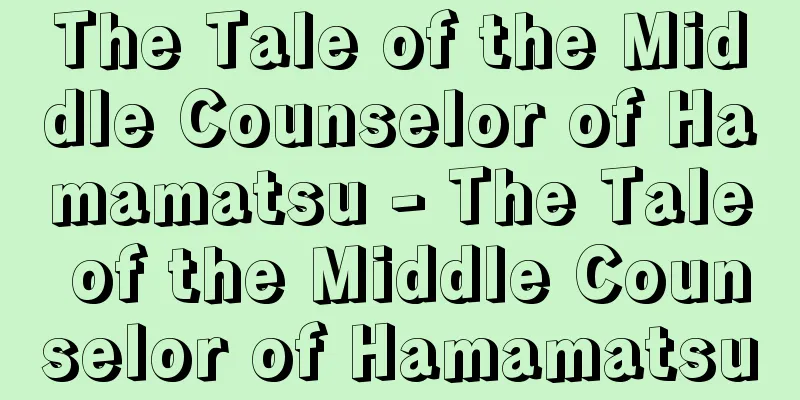International Covenants on Human Rights

|
An international treaty that stipulates the international protection of human rights, adopted by the 21st United Nations General Assembly on December 16, 1966. It consists of four treaties: International Covenant on Economic, Social and Cultural Rights (A), International Covenant on Civil and Political Rights (B), and two Optional Protocols attached to Covenant B. Covenant A came into force on January 3, 1976, and as of March 31, 2010, 160 countries (69 signatories) were parties to the treaty, while Covenant B and the First Optional Protocol came into force on March 23, 1976, and as of March 31, 2010, 165 countries (72 signatories) were parties to the treaty. As of March 31, 2010, 113 countries were parties to the First Optional Protocol. On August 27, 1997, North Korea notified the withdrawal of Covenant B in protest at the adoption of a resolution by the Subcommittee on Prevention of Discrimination of the UN Commission on Human Rights condemning the country's human rights situation. Japan ratified only both Covenants A and B, and became a signatory on September 21, 1979. Both Covenants consist of Parts I and II which stipulate the common content, Part III which stipulates the substantive rights of each Covenant, Part IV which stipulates measures to protect human rights (Parts 4 and 5 in Covenant B), as well as various provisions which stipulate procedures for signing, ratification, etc. Part I provides for the right of peoples to self-determination (Article 1), and Part II provides for the obligation of contracting states to guarantee human rights without discrimination on grounds such as race, skin colour, sex, language, religion, political opinion, ethnic or social origin, property or family origin (Articles 2-5). Part III of ICCPR stipulates the so-called right to life or fundamental social rights, and stipulates that contracting states should strive to realise these rights progressively in accordance with their domestic circumstances, while Part III of ICCPR stipulates the so-called fundamental freedom rights and the right to participate in politics, and stipulates that contracting states should guarantee these rights as a matter of course and immediately. With regard to the implementation measures in Part IV and below, ICCPR places emphasis on requiring contracting states to report to the UN on the status of implementation of the Covenant. In contrast, the ICCPR requires states parties to report on the implementation of the ICCPR, and provides that states that have made a declaration recognizing the reviewing authority of the Human Rights Committee (Article 41) may review violations of the ICCPR by states violating human rights upon request from other states, and that states that have ratified the Protocol may accept requests for relief from individuals who have suffered damages and review such cases. However, Japan has not made a declaration under Article 41 or ratified the Protocol. In addition, the Second Optional Protocol to the ICCPR, which aims to abolish the death penalty, was adopted on December 15, 1989, and came into force on July 11, 1991. As of March 31, 2010, 72 states have agreed to be bound by the provisions of this protocol. Japan has not yet ratified this protocol. The Optional Protocol to the ICCPR was also adopted by the UN General Assembly on December 10, 2008, but has not yet come into force. [Shigeki Miyazaki] [References] |Source: Shogakukan Encyclopedia Nipponica About Encyclopedia Nipponica Information | Legend |
|
1966年12月16日、第21回国連総会で採択された人権の国際的保護を定めた国際条約。A―経済的、社会的および文化的権利に関する国際規約(International Covenant on Economic, Social and Cultural Rights)、B―市民的および政治的権利に関する国際規約(International Covenant on Civil and Political Rights)、および、B規約に付属する二つの選択議定書(Optional Protocol)の四つからなる。A規約は1976年1月3日に発効し、締約国は2010年3月31日時点で160か国(署名国69か国)、B規約と第一選択議定書は1976年3月23日に発効し、2010年3月31日時点で、規約の締約国は165か国(署名国72か国)。第一選択議定書には2010年3月31日時点で113か国が加盟している。北朝鮮は1997年8月27日、国連人権委員会差別防止小委員会が同国の人権状況を非難する決議を採択したことに抗議、B規約からの脱退を通告した。日本はAB両規約だけ批准し、1979年(昭和54)9月21日から締約国になった。両規約は、共通内容を定めた第1部、第2部と、それぞれの実体的権利内容を定めた第3部、および人権保障の実施措置を定めた第4部(B規約では第4部、第5部)、ならびに署名・批准などの手続を定めた諸条項からなる。 第1部は人民の自決権(第1条)、第2部は規約締約国による人種、皮膚の色、性、言語、宗教、政治的意見、民族的社会的出身、財産、門地などによる差別のない人権保障義務を定めている(第2条~第5条)。A規約の第3部は、いわゆる生存権ないし社会権的基本権を定め、締約国がその国内事情などに応じて漸進的にそれらの諸権利の実現を図るべきことを、B規約の第3部は、いわゆる自由権的基本権と政治に参加する権利を定め、締約国が当然かつ即時にそれらの諸権利を保障すべきことを規定している。第4部以下の実施措置については、A規約では、締約国から国連に対して同規約の実施状況を報告させることに重点を置いている。これに対して、B規約では、締約国に同規約の実施状況を報告させるほか、人権委員会の審査権限を認める宣言(第41条)をした国については、他国からの申立てにより人権侵害国の規約違反を審査しうるものとし、また、議定書批准国については、被害を受けた個人からの救済申立てを委員会が受理して事件を審査しうる旨を定めているが、日本は、第41条の宣言も議定書の批准もしていない。また、1989年12月15日には死刑廃止を目ざすB規約の第二選択議定書が採択され、1991年7月11日に発効、2010年3月31日時点では72か国がこの議定書の条項に拘束されることに同意している。日本はこれも未批准である。なお、A規約の選択議定書も2008年12月10日に国連総会で採択されたが、未発効である。 [宮崎繁樹] [参照項目] |出典 小学館 日本大百科全書(ニッポニカ)日本大百科全書(ニッポニカ)について 情報 | 凡例 |
<<: International Jury Committee
>>: International Commercial Law
Recommend
makhzan
…The fundugs, which were common in the Mediterran...
Equus ferus silvestris (English spelling) Equusferussilvestris
…[Yoshiharu Imaizumi]. … *Some of the terminology...
filibuster
A filibuster is a deliberate attempt by a minorit...
Baldinucci, F.
…The word caricature comes from the Italian verb ...
Kennelly, Arthur Edwin
Born: December 17, 1861. Colaba [Died] June 18, 19...
Crossed check - Senbikikogitte (English spelling) Crossed check
A check with two parallel lines drawn on the fron...
Ibaragani (Lithodes turritus)
A species of the family Lithodidae in the class Cr...
Empson, William
Born: September 27, 1906, Yorkfleet, Yorkshire [Di...
Rangifer tarandus caribou (English spelling) Rangifer tarandus caribou
…Nomadic [Makoto Ogihara]. . . … *Some of the ter...
Aerial Shigaraki
〘Name〙 Pottery made by the Edo period potter Honna...
Patni Debate - Patni and Ron
A debate held at a general meeting of the Parliame...
Volos
… [Origin of the Gods] The Primary Chronicle (als...
Otsuka Tomb - Otsuka Kofun
There are ancient tombs called Otsuka or Otsukayam...
Kin
〘Noun〙 Weight: 30 jin . [Genwahon Gegakushu (1617)...
Red jasmine (red jasmine) - Red jasmine
Also known as 'Higokan'. An evergreen shru...









